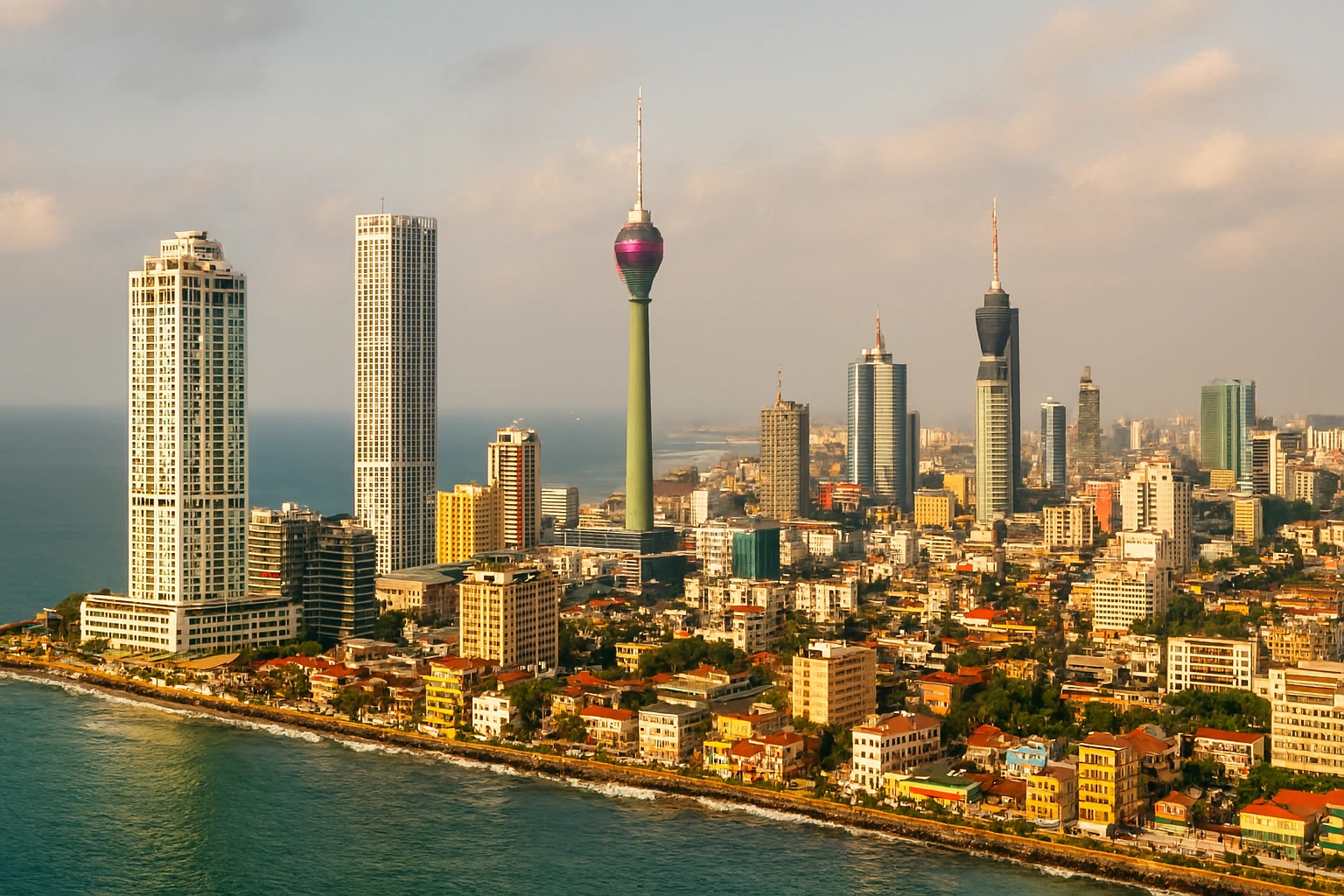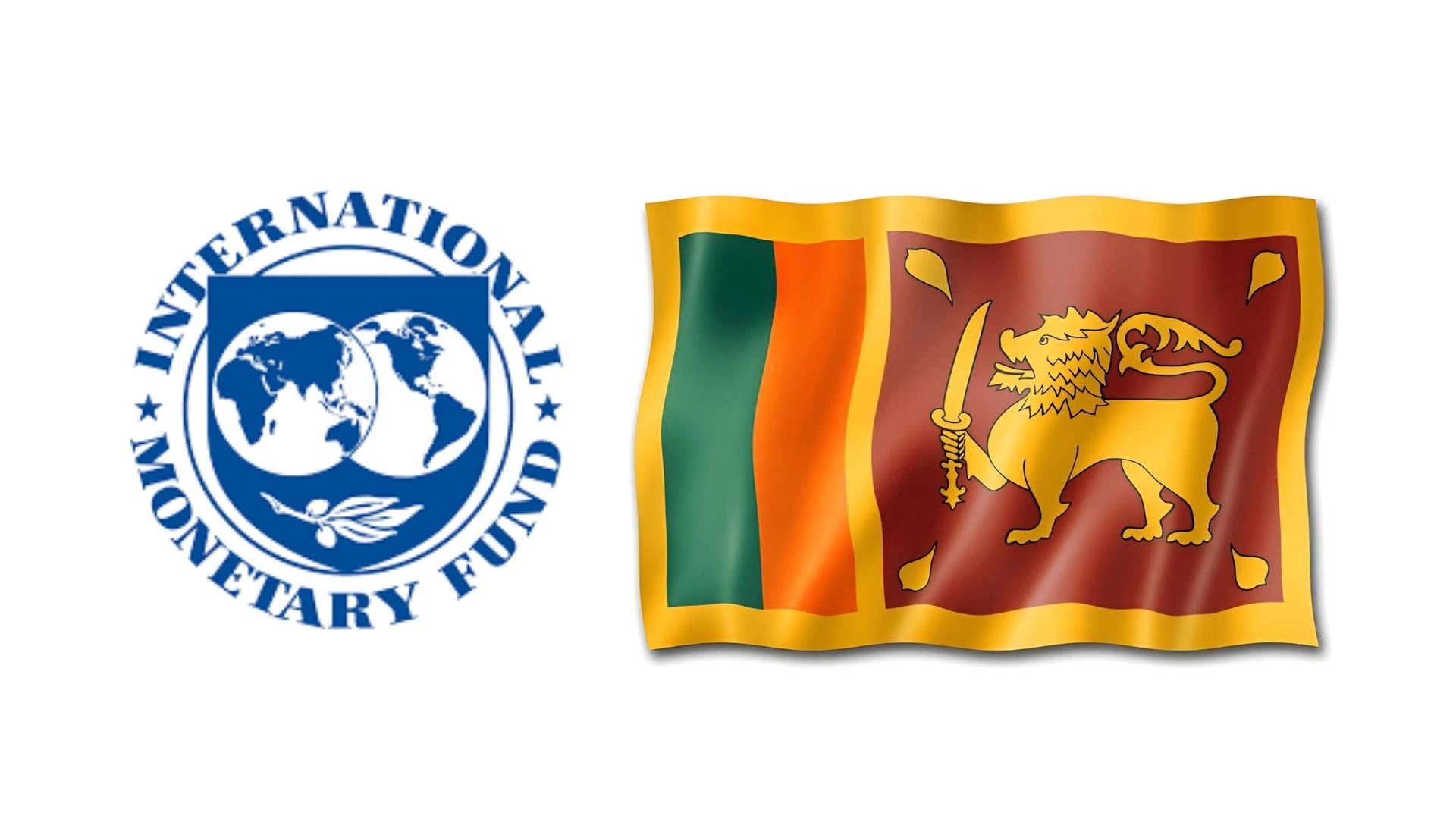The programme at a glance
IMF Review Scorecard? Sri Lanka entered into a 48-month Extended Fund Facility in March 2023 for SDR 2.286bn (~US$3bn). The objectives: restore fiscal and debt sustainability, protect vulnerable groups, rebuild reserves, and support structural reforms to strengthen governance and boost growth.
Disbursement timeline
- Initial approval (Mar 2023): first tranche released.
- Second review (Jun 2024): Board approval and ~US$336m disbursed; performance broadly on track; social-spending indicative target missed.
- Third review (Feb 2025): ~US$334m released; most targets met, programme momentum maintained.
- Fourth review (Jul 2025): ~SDR 254m (~US$350m) released; total disbursed ~SDR 1.27bn (~US$1.74bn).
What the fourth review changed
The IMF Board completed the Fourth Review on 1 July 2025.
Key takeaways:
- Performance: “generally strong,” with all end-Mar 2025 quantitative targets met except the stock of expenditure arrears.
- Arrears issue: Authorities had under-reported expenditure arrears earlier. Data was corrected, remedial measures taken, and waivers granted. Going forward, reporting discipline must improve.
- Tariffs: Cost-recovery electricity pricing and the automatic adjustment mechanism were implemented for 2025, shielding the Budget from CEB losses.
- Macro outlook: Growth is positive, inflation remains low, and reserves are rebuilding, though risks remain from external conditions.
Scorecard: targets and reforms
1) Fiscal consolidation
- Primary balance: A surplus of around 2.3% of GDP is targeted for 2025–2027.
- Revenue mobilisation: Tax exemptions are being tightened; compliance is improving, though execution risks persist.
- Arrears management: The arrears stock miss is a cautionary signal. To prevent recurrence, Treasury must enforce quarterly ceilings linked to the cash plan, require commitment recording at PO stage in IFMIS, and ensure all payments flow through the TSA. Publishing arrears age analyses quarterly, coupled with sanctions for non-reporting units, will help credibility.
Verdict: Yellow-Green. On track, but arrears discipline is critical.
2) Social protection
The social-spending indicative target was missed earlier. Reforms are improving targeting, but authorities must ensure adequate funding for vulnerable groups during fiscal tightening.
Verdict: Yellow.
3) Monetary and external buffers
- Inflation/MP: Inflation dipped below the target band due to energy price effects. The Central Bank has maintained rates steady, aiming for 5% inflation by mid-2026.
- Reserves/FX: IMF urges greater exchange-rate flexibility and phasing out ad-hoc balance-of-payments controls.
Verdict: Green.
4) Debt restructuring
Debt restructuring is nearly complete, with agreements with most official and private creditors. Final sign-offs will lock in lower risk premia.
Verdict: Green moving to Dark Green once fully concluded.
5) Energy and SOE reform
- Electricity pricing: Automatic adjustments and cost-recovery principles are now in force.
- State banks and SOEs: These remain the make-or-break reforms. State banks need credible recapitalisation plans, faster NPL workouts, and IFRS 9 provisioning. Stress tests and governance reforms are essential. For SOEs, time-bound performance contracts, audited financials within six months, transparent dividend policies, and cost-reflective tariffs will curb quasi-fiscal risks.
Verdict: Yellow-Green.
6) Governance and anti-corruption
The arrears reporting lapse underscores the need for robust data systems and independent verification. Governance reforms must stay central to IMF conditionality.
Verdict: Yellow-Green.
What businesses should plan for
- Rates and liquidity: Policy rates are steady at 7.75%. Inflation trajectory is towards 5% by mid-2026. Businesses can plan around stable monetary conditions.
- Tariffs and energy costs: Automatic electricity resets are here to stay. Energy-intensive sectors must invest in efficiency to cushion volatility.
- Taxes and compliance: The focus will shift from new rates to enforcement and exemptions. Businesses should prepare for tighter audits.
- FX and payments: Expect more exchange-rate flexibility. Companies should hedge exposures and align receivables/payables in the same currency.
- Debt markets: As restructuring finalises, sovereign spreads should compress, creating an opportunity for corporate bond issuance at better terms.
The next 12 months: three critical tests
Sustain the primary surplus while clearing arrears. Achieving this proves fiscal control without cutting critical capex.
Lock in final debt restructuring agreements. This will reduce uncertainty and attract investment.
Deliver SOE and banking reforms. Credible capital plans, governance reforms, and clean audits are essential to restore investor confidence and revive credit.
Score today
Sri Lanka is solidly on track after four reviews. The fundamentals are improving, though credibility now rests on consistent arrears reporting, SOE discipline, and completion of restructuring. If these are delivered, the IMF programme’s growth and reserve targets are within reach.
 Read about “Sri Lanka’s Rupee Holds Steady as IMF Tranche Lifts Foreign Reserves“
Read about “Sri Lanka’s Rupee Holds Steady as IMF Tranche Lifts Foreign Reserves“





